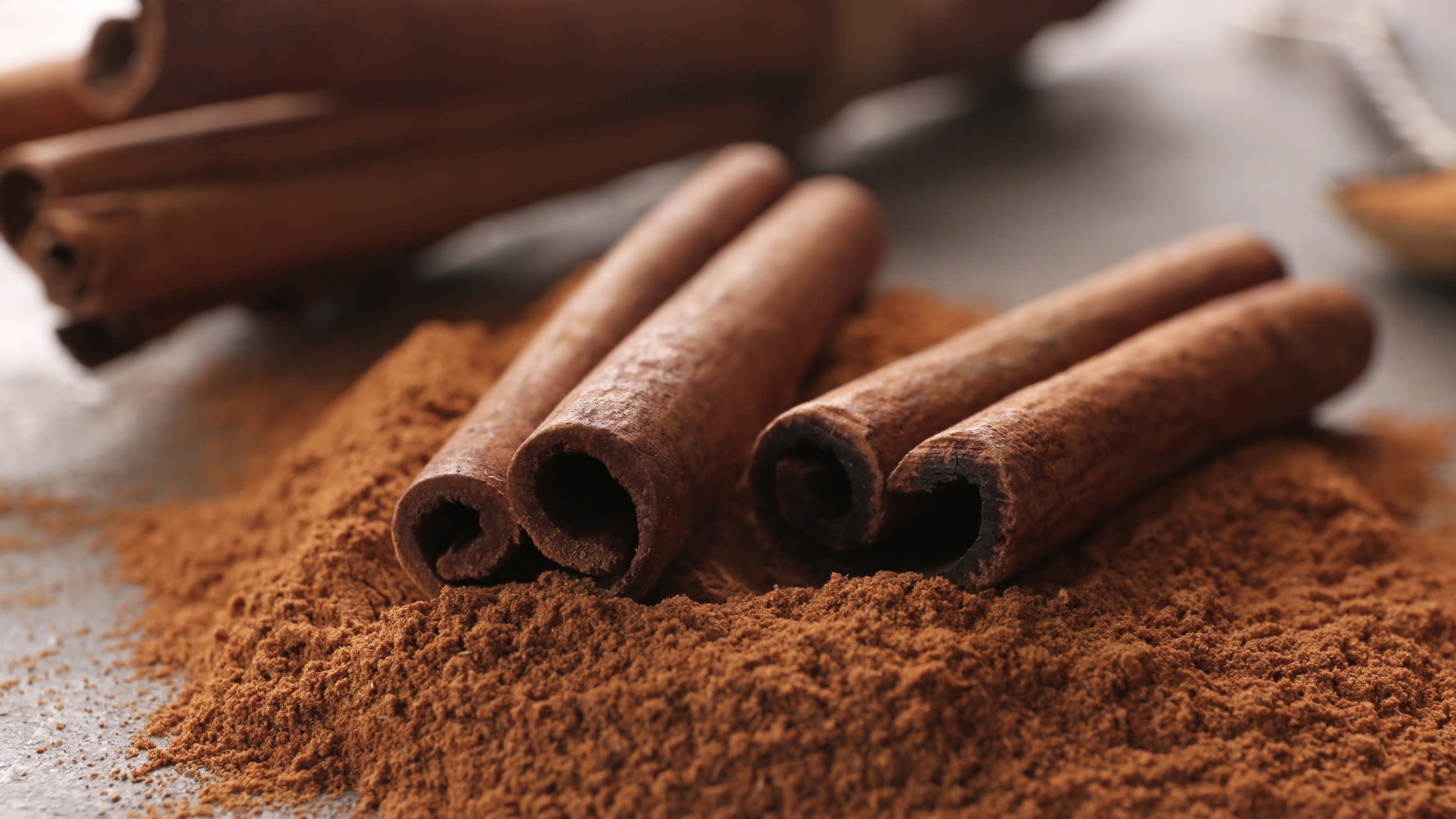Cinnamon

- Ceylon Cinnamon (Cinnamomum verum): Also known as “true” cinnamon, this variety is native to Sri Lanka. It has a delicate and slightly sweet flavor with subtle citrus undertones. Ceylon cinnamon is often considered to be of higher quality and preferred for its more refined taste.
- Cassia Cinnamon (Cinnamomum cassia): This variety is more widely available and less expensive than Ceylon cinnamon. It is native to China and Indonesia. Cassia cinnamon has a stronger, bolder flavor with a slight bitterness and is often used in baking and cooking.
Cinnamon is used in a wide range of dishes, including desserts, beverages, curries, stews, and more. It can be found in its dried form as sticks or ground into a fine powder. The spice is not only valued for its taste but also for its potential health benefits, though it’s essential to consume it in moderation as excessive consumption can lead to health issues.



Leave a Reply